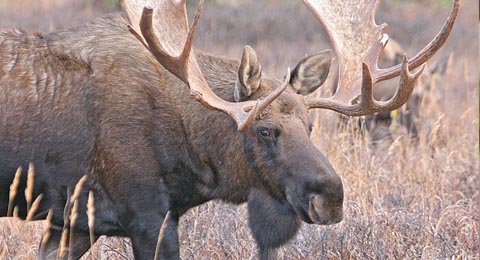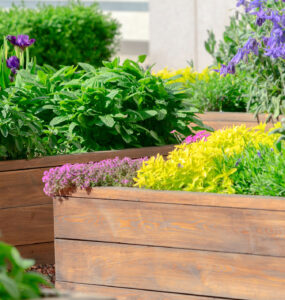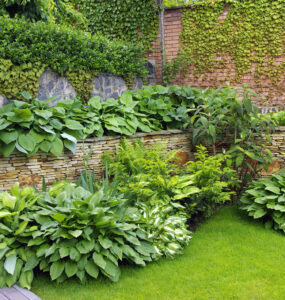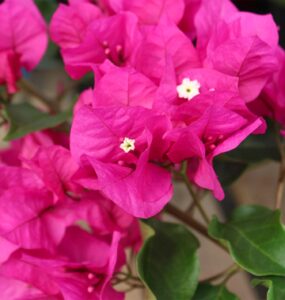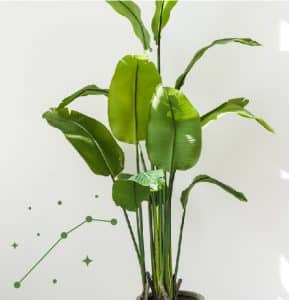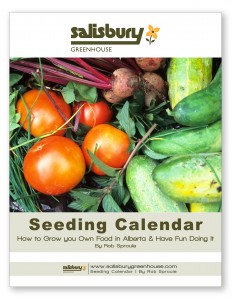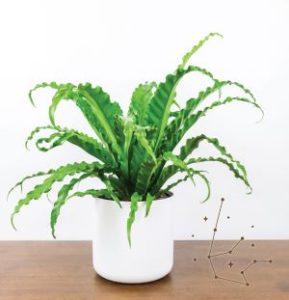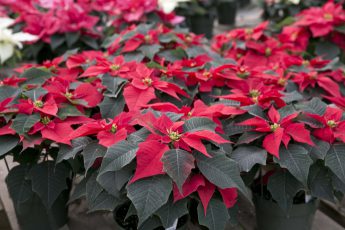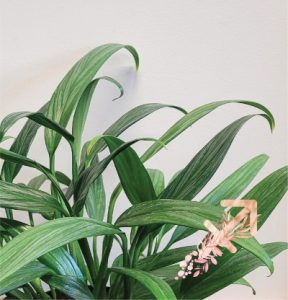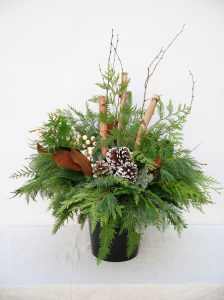History on our Doorstep: Beaver Hills Initiative
by Rob Sproule
We’re all guilty of it. When we think of exploring Alberta’s natural wonder, our minds turn to a 4 hour drive West to the postcard views of the Rockies. Few of us think of the ecological treasure waiting for us a few minutes to the East: the Beaver Hills Moraine.
Hidden in plain site, the Beaver Hills encompasses over 1,500 square kilometres straddling Strathcona, Leduc, Beaver, Lamont, and Camrose Counties. Its wild core reaches from Elk Island National Park in the north and through Cooking-Lake Blackfoot Provincial Recreation Area to the Ministik Bird Sanctuary and Miquelon Lake Provincial Park in the south.
Its Cree name is Amiskwaciy, meaning “Beaver Hills,” and its been a traveller’s shelter for 7,500 years before the founding of Uruk in Iraq. It’s a rare confluence of Parkland Aspen and Northern Boreal forest, rich both in wildlife biodiversity and human culture. With the majority of it under private ownership, it’s a valuable example of an ecological treasure integrated with communities where people live, work, and play.
History of Beaverhills
During the last ice-age, a massive glacial lake, Lake Edmonton, submerged most of today’s Capital Region. Being slightly higher than the surrounding landscape, the Beaver Hills escaped the lake and didn’t have the same rich sediment deposited on it as did the remarkable farmland around it.
The classic “knob and kettle” terrain testifies to the terraforming power of the ice sheets as they scoured their way across the Plains. When the ice retreated it exposed a churned wilderness of moraine, hills and depressions.
Hike down an Elk Island trail with your ears and eyes open and you’ll be stopped, just as I always am, by the heavy serenity of its deep nature. History hangs from the branches here, a little told story of ancient innovation and cooperation amongst Aboriginal peoples.
From 12,000 BCE, the Beaver Hills have been a sanctuary of game and shelter for Algonquin, Cree, Blackfoot, Sarcee, and the Saulteux. Until the fur trade drove increased exploitation, these rival groups shared the area, with none establishing permanent camps in respect for the others.
The area as respite on Aboriginals’ long journeys across the Plains, and they would stop to fish, hunt, and replenish their stores for the journey ahead. Over 200 temporary camps have been unearthed in Elk Island alone.
Ecological Significance
I recently had the opportunity to talk to Jocelyn Thrasher-Haug, Acting Executive Director of the Beaver Hills Initiative. Passionate about the landscape, Jocelyn told me that converging glaciers pushed clay, boulders and vast scourings of earth into a pile in the middle of Alberta. She suggested that I think of the Beaver Hills, between 100-200 metres higher than the surrounding Prairie, as an island in the ocean.
The elevation gain, she explained, is significant enough for it to accumulate more snow and rain than surrounding regions. Arriving earlier and staying longer, Beaver Hills’ snow forms the headwaters for many of the creeks flowing through Strathcona County, its diversity of soils filtering the flowing water.
As a unique pocket of boreal forest amongst our aspen parkland, the Beaver Hills are the lungs of our County, invisibly purifying our air. Its varied landscapes provide habitat for a host of mammals, birds, and flora.
Native Plants in Alberta
Beaver Hills Initiative
Formed in 2002, the Beaver Hills Initiative (BHI) is a small group of concerned citizens with the goal of sustainable development in the area. They aren’t an advocacy group, but rather provide research and information about the Beaver Hills.
The BHI have recently nominated the Beaver Hills to be a UNESCO biosphere site. Unlike a World Heritage Site or a National Park, a biosphere reserve is defined as a living, working landscape where people live alongside nature, as they have for eons in the Beaver Hills. While many people hear “reserve” and assume a no-go zone for development, the reality is that a biosphere nomination would recognize and maintain the unique integration of farms, businesses, subdivisions, and rugged nature with the Beaver Hills.
To learn more about the Beaver Hills Initiative, go to www.Beaverhills.ca.

